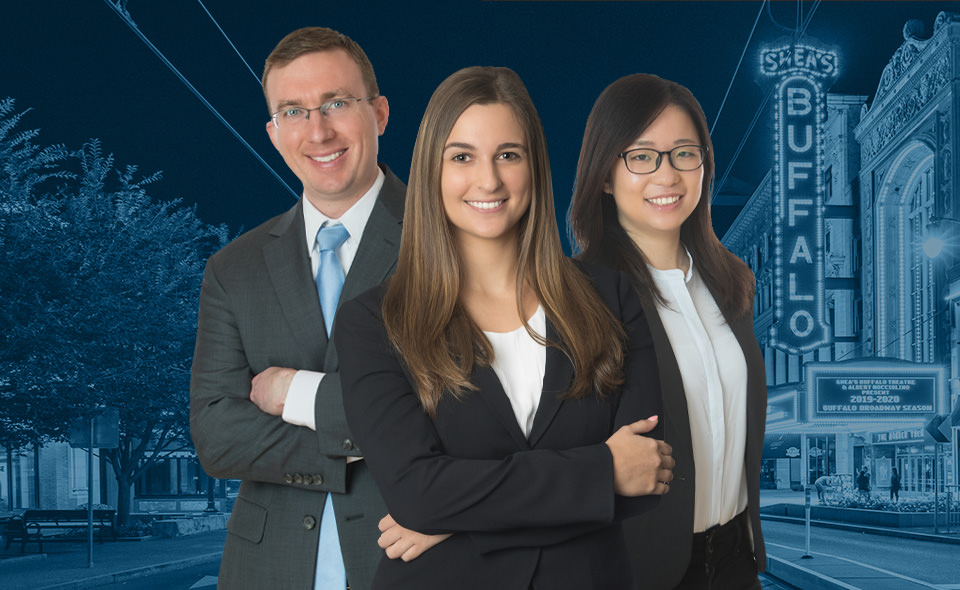Tax Effects of the New Revenue Recognition Standard
October 24, 2019 | Authored by Dopkins Tax Advisory Group
October 24, 2019 – Are you a non-public company that implemented the new Financial Accounting Standards Board (FASB) Revenue Recognition Standard (ASU 2014-09) this year? If so, it is important to understand the background of the standard and necessary steps to take and consider as a taxpayer.
 ASU 2014-09 Revenue from Contracts with Customers became effective calendar year 2019 for most non-public companies. Prior to ASU 2014-09, the FASB accounting standards utilized specific revenue recognition rules that were often industry specific. With the new standard, revenue is recognized based on broad principles, similar to the approach used in international financial reporting standards. In further detail, revenue is to be recognized for promised goods and services to customers in an amount that reflects the consideration to which the entity expects to realize in the exchange for those goods and services based on the following five sequential steps:
ASU 2014-09 Revenue from Contracts with Customers became effective calendar year 2019 for most non-public companies. Prior to ASU 2014-09, the FASB accounting standards utilized specific revenue recognition rules that were often industry specific. With the new standard, revenue is recognized based on broad principles, similar to the approach used in international financial reporting standards. In further detail, revenue is to be recognized for promised goods and services to customers in an amount that reflects the consideration to which the entity expects to realize in the exchange for those goods and services based on the following five sequential steps:
- Identify the contract with the customer.
- Identify the performance obligations in the contract.
- Determine the transaction price.
- Allocate the transaction price to the performance obligations.
- Recognize revenue as the entity satisfies a performance obligation over time or at a point in time).
Many have feared that the change could cause an acceleration of income on their financial statements which will create a larger book-tax difference or a spike in taxable income in year of implementation. In response, the IRS introduced Rev. Proc. 2018-29 to allow book-tax conformity with ASU 2014-09. Rev. Proc. 2018-29 provides for an automatic method change that can be made on either a cut-off basis (all in one year) or with a 481(a) adjustment (recognition the change over 4 years). The Revenue Procedure also provides a streamlined process and guidance for the completion of Form 3115 (Application for Change in Accounting Method). In order to qualify for the automatic change procedures the taxpayer must request the change for the taxable year in which the New Accounting Standards are adopted.
With year-end approaching, now is the time to start the process of communicating with your accountant and gathering the necessary information so that you can take advantage of the automatic method change on your tax return.
About the Author
Dopkins Tax Advisory Group
Our tax professionals include specialists who are proactive, strategic thinkers who work to maximize your cash flow. In addition to cash flow considerations, we also believe that tax planning is most effective when it is integrated with, and fully supports, your business plan and personal goals. Our approach to tax planning will help you better understand the tax implications of any proposed course of action, and together we can make the right decisions for your business. Contact us via email link below for more information. for more information contact your Dopkins Client Service Coordinator or Gregory Urban at gurban@dopkins.com

